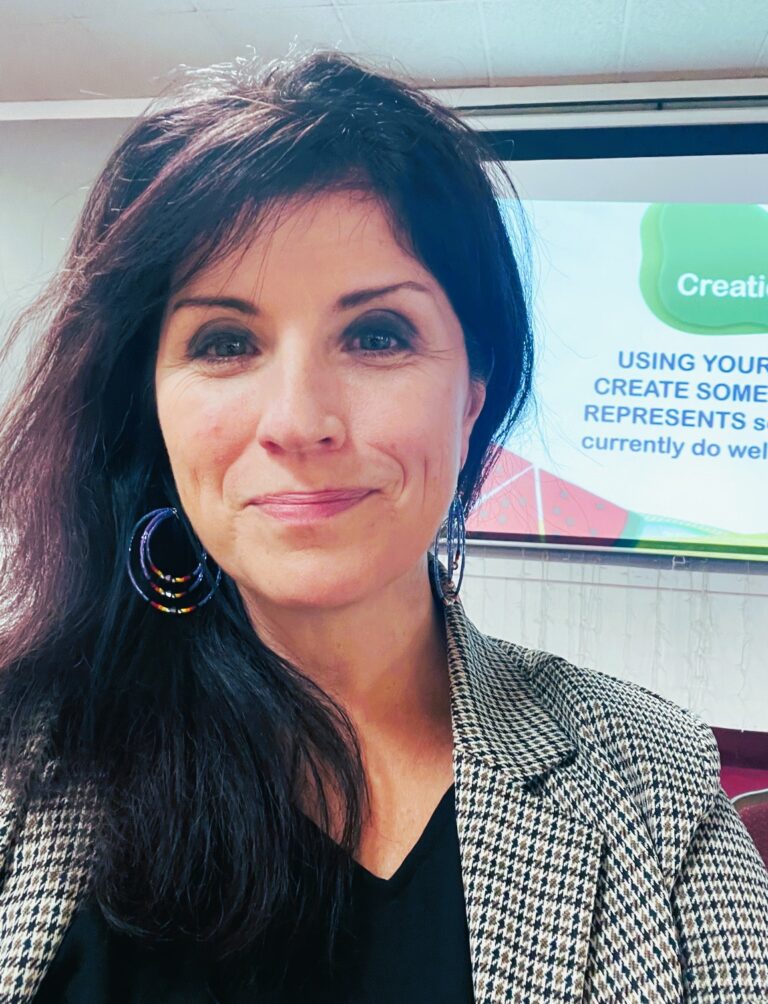Why Connection Matters Here, There, and Everywhere

We are wired to connect.
After pandemic upheaval and social isolation, we were changed. When connection is taken away, there are long-lasting and sometimes dire consequences.
The Reality
We know that social isolation is hard, but did you know that social exclusion can feel like pain?
Let’s consider one well known study conducted by UCLA neuroscientist Matthew Lieberman. In his research, Lieberman examined what happened when participants were set up to feel socially excluded.
Not surprisingly, it turns out; it doesn’t feel good.
When the researchers measured brain activity of participants, they realized social exclusion showed activity consistent with someone experiencing physical pain. Participants PHYSICALLY hurt just by being left out. No wonder lack of connection feels debilitating — Lieberman demonstrated that social connections are as important for our physical health as our emotional
well-being.
Connection to People you Barely Know Matters!
Sometimes we think that it’s just our closest connections that matter, but did you know connection with people you barely know can have a huge impact on your life?
Often when we think of connection, we are considering our most intimate relationships. However, 1970s sociologist Mark Granovetter felt there was more to it than that. Granovetter developed the Weak Ties theory through his examination of relationships between individuals characterized by low intensity or frequency of interaction. In his work he argued connections
with people who are not in our immediate social circle, or weak ties, can be just as important as strong/intimate ties to our well-being and survival.
Why do Weak Ties Matter?
We have all experienced feeling left out or lonely, but also consider how often and how many ways connection through weak ties have impacted your own life. For example, perhaps there was a time when you were changing careers or moving to a different city. You may have known someone who knew someone, and perhaps a weak tie made an introduction for you. Or, maybe a weak tie acquaintance in your new town came through with an insider tip about the best real estate agent or area to live. These weak ties can be life changing.
Or perhaps you have lived through a natural disaster and understand firsthand how weak ties come into play. My own experience was the Ottawa Ice-Storm in 1998. For weeks neighbours without previously close connections found ways to rotate generators, deliver water, and keep
people and livestock alive. Those who were able to get out of their homes cleared trees and roads and were personally responsible for the survival of others.. Weak tie connection was the lifeline to those who needed help.
Weak ties also play out in fascinating ways through social media platforms providing a sense of community when some have had none. As we crave connection, we have witnessed platforms like LinkedIn, Twitter and even TikTok make it easier to connect with people outside of our immediate social circles.
These weak-tie connections are having massive impact taking away those painful feelings of social isolation, but also changing life trajectories.
Why Weak Ties Matter at Work
So why do weak tie connections matter at work?
Besides the obvious, (social exclusion feels like pain) there are a number of practical reasons that we need to be intentional about nurturing our weak ties. Consider, for example, how connection through weak ties can provide employees with access to more information, resources and opportunities. Have you heard the term “working in silos?” Weak ties make that less likely to happen. When you have a general idea of who to talk to about an issue – it’s easier to have a starting point to find an answer. Weak ties facilitate the exchange of information and knowledge, and this can improve innovation and productivity. Fostering connections between their employees allows organizations to tap into a wider range of perspectives, leading to more creative and effective problem solving. And it just feels better.
Remember, we are wired to connect.
What’s Next?
As we move into whatever future comes next, both formal and informal connections, strong and weak ties, will be important for preparing us for the unknown. Many of us have gotten accustomed to being alone. It’s not necessarily what’s best for us, and it certainly won’t be the
thing that saves us moving forward.
In a time when we might be a bit out of practice, here are some ways to foster the development
of weak ties at home or at work:
- Take advantage of informal opportunities, such as coffee breaks or lunches; take the initiative to strike up conversations with colleagues or acquaintances during these informal settings, remember they might be out of practice connecting, too. You don’t have to know them well, you just have to know them well enough to connect when it might be mutually beneficial to do so.
- Make a point to connect one-on-one by scheduling (and keeping) meetings with colleagues or acquaintances. Use these meetings to learn more about the other person’s interests and goals and explore potential opportunities for collaboration.
- Use social media platforms like LinkedIn and Twitter. They offer a vast pool of people just like you, who want to connect and grow their sense of community. Steer clear of the negative and connect with the communities that fit with your values. It’s not just networking – it’s networking with values.
- Take advantage of team building activities, either on or off-site. Yes, team building is often seen as a way to help let off some steam, but you can also use these opportunities to learn more about colleagues. Don’t stick with your regular group (if you have one), commit to learning more about new people as well. In your neighbourhood, have a friendly game of bean-bag-toss or croquet. Connecting feels good.
- Volunteer. If social isolation feels physically like pain, volunteerism can feel physically like joy. When you give back you release good chemicals in your brain, and you open yourself up to new connections and opportunities through the people you meet.
Weak ties build community, and community is important to our well-being at home and at work. Weak tie connections provide access to new information, resources and opportunities, as well as a sense of belonging and connection. Broadened perspectives and new relationships can increase innovation and productivity, as well as provide a sense of support. Actively and intentionally building our weak ties at home and work with diverse people, and with our colleagues, can create a more dynamic personal and professional life. Improving connection should be a priority for anyone looking to improve their overall success and well-being
Want to learn more ways to build weak ties and important connections with your team?

Theresa Bailey is the founder of Starfish Synergies Inc, exclusive North American Provider of PlayDoh Power Solutions Corporate Training, and Bestselling Author.







